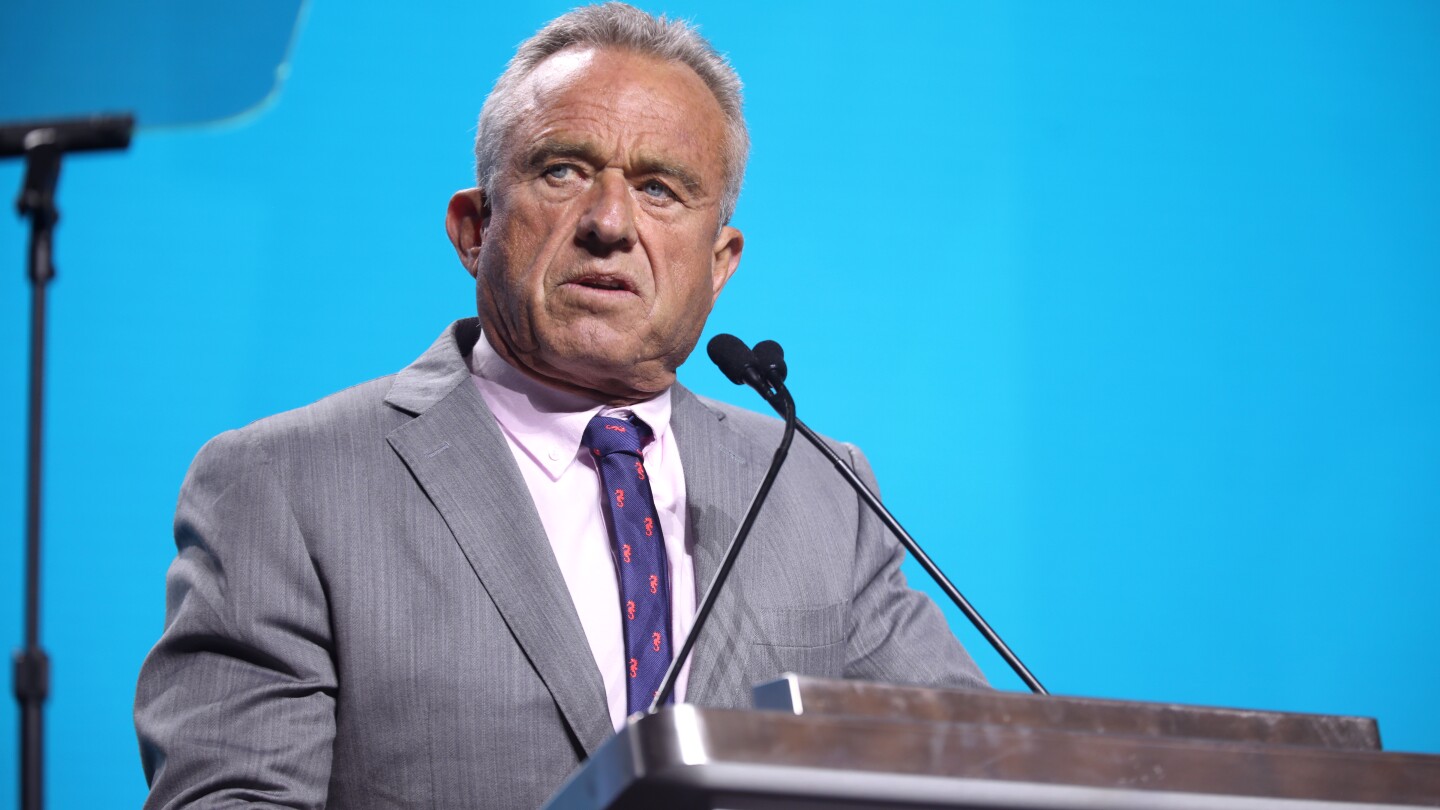News
After decades without much movement, a handful of new treatments for this rare autoimmune disease are now approved, and several companies, including argenx and Regeneron, have recently released promising late-stage trial results.
FEATURED STORIES
In the race to make the most tolerable obesity drug, there seems to be no clear winner—at least not according to analysts parsing the data presented at the American Diabetes Association annual meeting this week.
Writing in JAMA, four former government officials warn that the Trump administration’s involvement in delaying the approval of Novavax’s COVID-19 vaccine could indicate a politicization of the drug approval processes that could ‘imperil public health.’
Leading companies spent $1.4 billion upfront on licensing deals and embarked on vast R&D programs. Clinical setbacks mean many companies are unlikely to ever recoup their investments.
Job Trends
AbbVie (NYSE: ABBV) will participate in the Bank of America Securities Healthcare Conference on Wednesday, May 15, 2024.
FROM OUR EDITORS
Read our takes on the biggest stories happening in the industry.
Following restricted vaccine approvals and changes to CDC immunization schedules, Merck, Pfizer, GSK and Sanofi are all suffering revenue hits to their vaccine programs.
THE LATEST
Viking Therapeutics’ VK2735 achieves a 10.9% placebo-adjusted weight loss at 13 weeks, but a less than ideal safety profile marred the results.
A new study in JAMA contradicts a series of statements made by HHS Secretary Robert F. Kennedy Jr. that paint vaccine advisory committees at the CDC and FDA as hopelessly corrupt.
The FDA has postponed its decision date for Regenxbio’s Hunter syndrome gene therapy to review additional longer-term clinical data for the asset.
Adaptive and Genentech first partnered in 2018 to advance T cell receptor-based therapies for cancer.
VantAI will use its machine learning capabilities to identify novel target-effector pairs that Halda can use in designing its bifunctional small-molecule drugs.
While the 10-fold increase in dose over injectable Wegovy has raised questions about the launch, Novo Nordisk has assured investors it has the manufacturing capacity to roll out oral semaglutide without restrictions on supply.
A draft copy of the Make America Healthy Again Commission’s latest report, obtained by Politico, focuses on vaccine-related injuries and expediting access to investigational medicines for children—even though the FDA has recently rejected several of them.
Waltham, Massachusetts–based Skyhawk Therapeutics has been collecting collaborations with larger companies in spades since launching in 2018.
Patients who are prescribed Wegovy or Ozempic can now use GoodRx to access the medications at just $499 a month if they skip insurance. This is not the first time Novo has partnered with a pharmacy to offer the blockbuster drugs.
Inclacumab, which Pfizer obtained in its 2022 acquisition of Global Blood Therapeutics, failed to significantly lower pain episodes in patients with sickle cell disease over the 48-week treatment period.

















